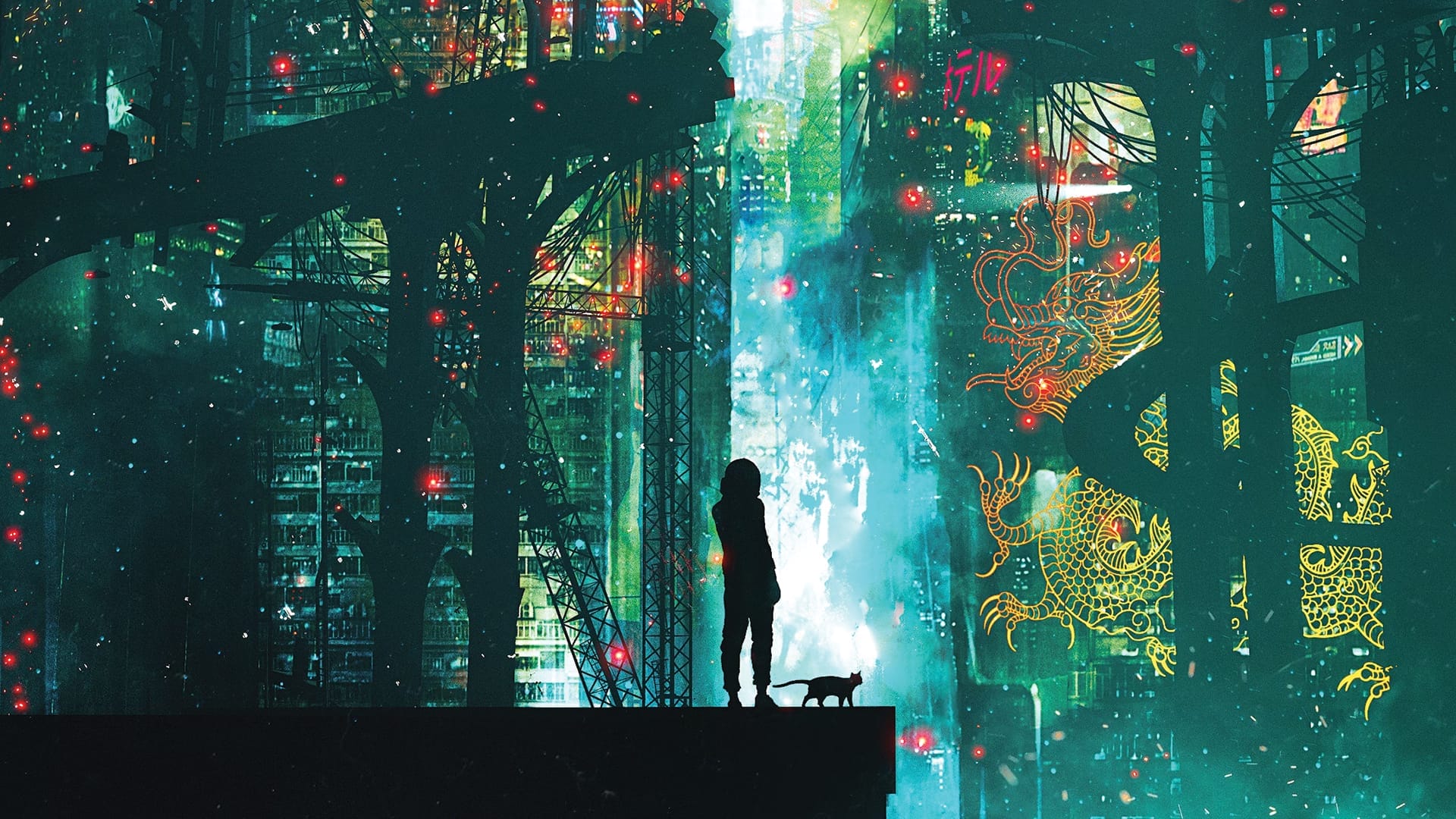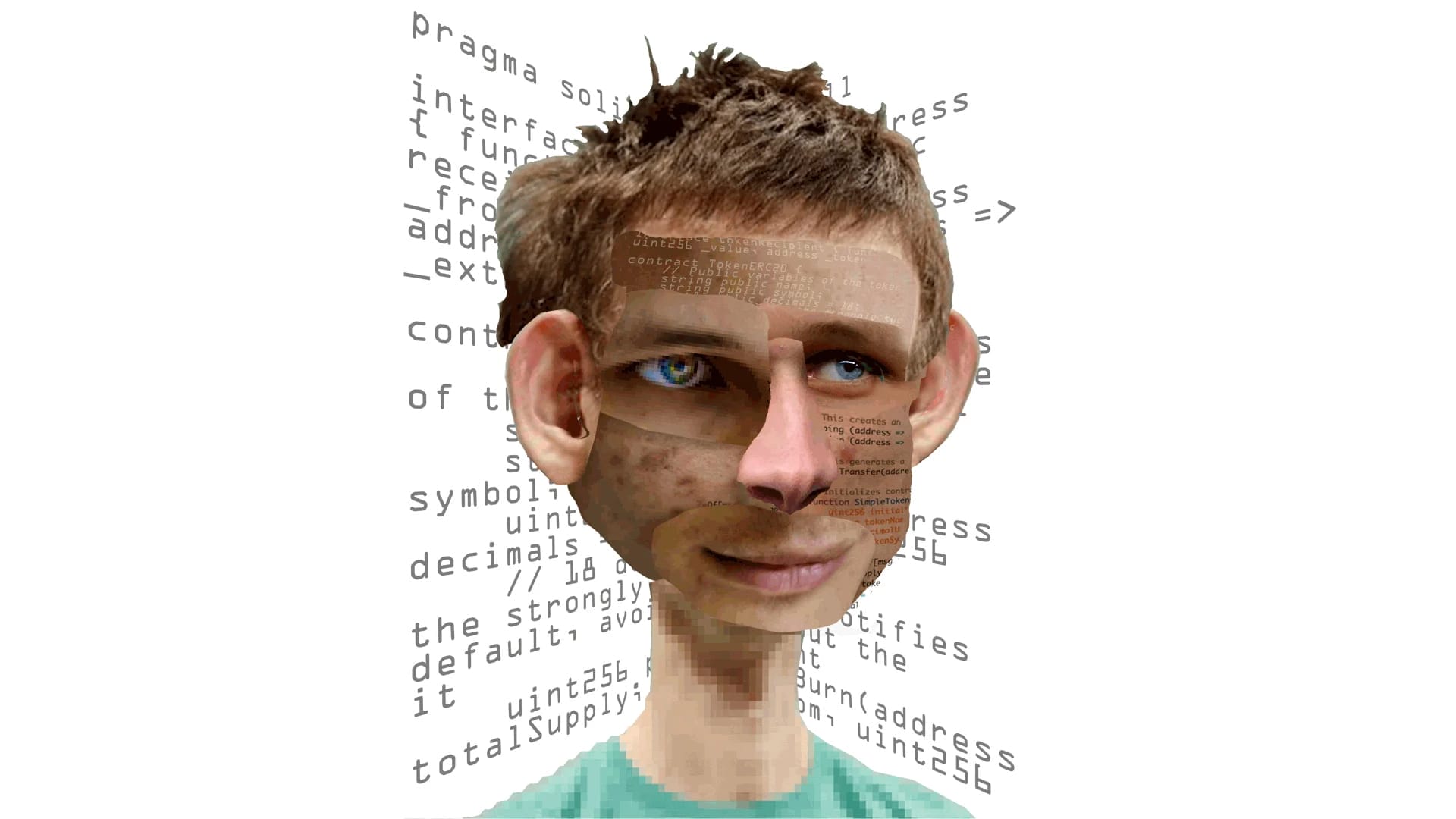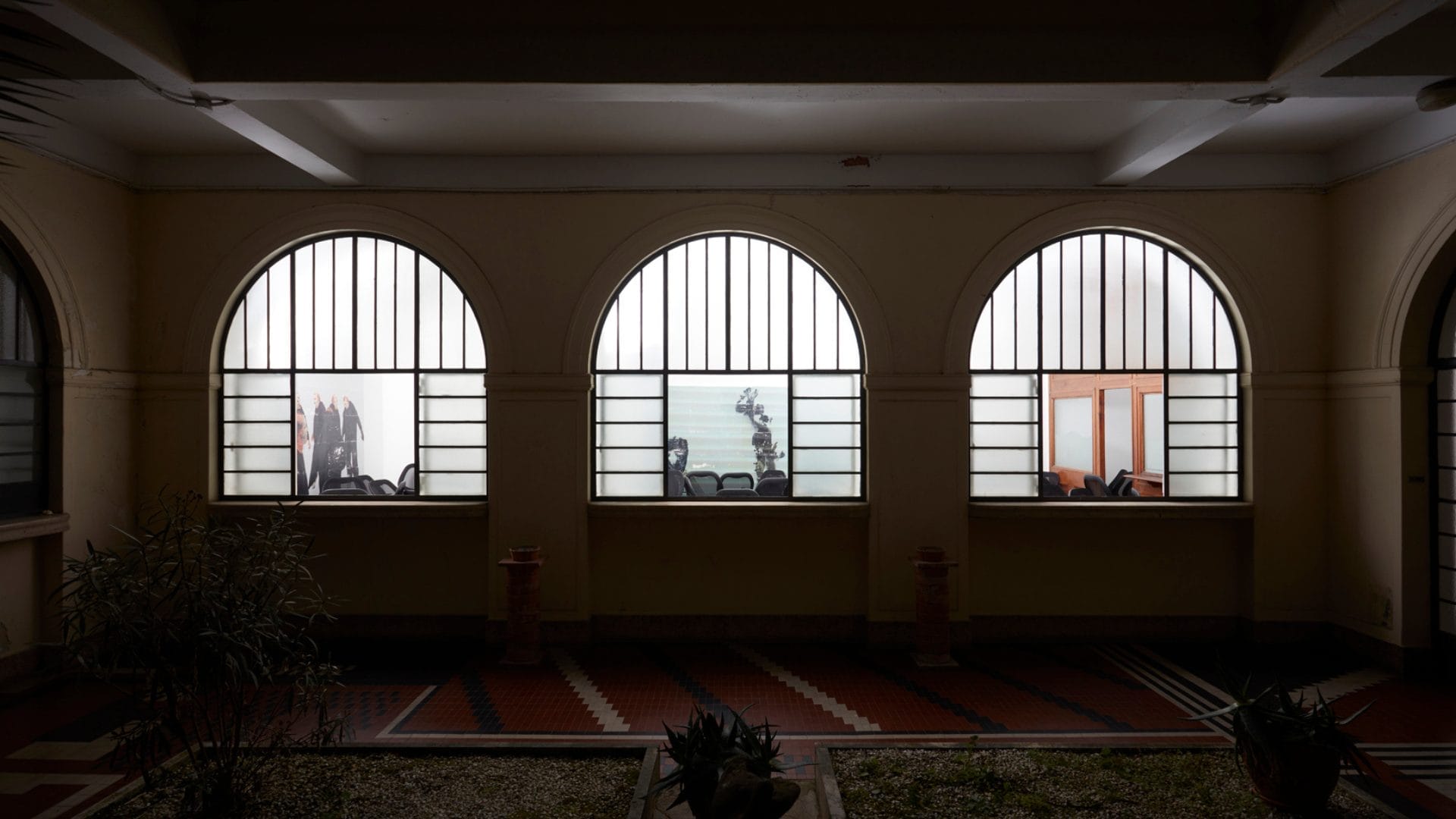
Vladislav Markov, ’blood thinner, low-dose aspirin, best painkillers for kids’
It’s Friday night, November 15, I’m entering The Address Gallery building, a stunning space in a private courtyard in Brescia’s historical city centre. Through the passage between the street and the gallery, I can just hear the chaos of the opening, multiple voices and sounds from the audience joining the show. This time, the main character on stage is Vladislav Markov, a New York-based artist born in Magadan (Russia) in 1993, who’s sitting near the entrance talking to friends and observing the crowd, covered in multiple layers of black clothes and wearing a balaclava. He’s clearly injured, holding a crutch with his right hand, a cigarette in the other. It’s pretty hilarious, his injury ironically mirroring the title ‘blood thinner, low-dose aspirin, best painkillers for kids’, making me see the exhibition through a different lens, thinking about the relationship between the artist and painkillers — is he faking it? Up to you.
This time, the gallery has been completely reorganized. The usual entrance is closed, the only way to see the show is by passing through the office. Here I begin my journey into Markov’s world, slipping down this corridor created by a heap of office-chairs filling the rooms of the gallery. I’m feeling oppressed as I try to make my way through these narrow rooms. Behind me the artist’s presence: a painting — made by pigment and acrylic on canvas — with the artist’s self-portraits in multiple bodies and faces, covered with post-surgical masks, veiled as he was outside.
The bodies are dancing in a circle, like Matisse’s La Danse (1909), following the flow of the imperceptible rhythm of a background voice. The title leaves me in doubt: ‘Alex Katz still owes me money. $262.5’, maybe just a personal reference or an ironic vision of the intangible art market. On my left another painting entitled ‘Thank me I didnt do it earlier and yes you can message’, a sort of romantic landscape with a thin line of sea, mountains on the horizons and the sky. Some shapeless bodies in the foreground are trying to fill the pictorial space, that is a clear mix between virtual reality and his own emotions, the space of emptiness enriched by an undefined tension. There’s a general sense of pain is lying under the fictional suspension of the anesthesia. I’m moving inside this funnel, going down the last illuminated room, where office-chairs are abandoned, looking at me, waiting to be filled with my body. On the right there’s another masked self-portrait. Here his face is still covered by layers of post-surgical facial masks, but this time his face seems to merge with the background, like he’s trying to reach and almost nostalgically touch what he has inside.
This is impossibile and the title is the perfect metaphor that suggests this self-alienation and tries to merge the physical with the abstract: “-Hey Siri, can you touch the back of CDs? -Don’t touch the back of CDs with anything. -Hey Siri, play “The Narcissist Il” by Dean Blunt -Now playing “The Narcissist Il” by Dean Blunt.” The eye of the artist is watching himself and I’m now experiencing his trip, following his lead. I’m now passing through the last open door, where an assemblage sculpture made by a mechanic arm combined with an undefined piece of plastic covered by a black veil, is observing my passage in the darkness. Its title is ‘I eat breakfast in the morning’, and it could be a memory sculpture like an attempt to fix the first thoughts we have after the night before or memories after a close inspection inside ourselves. For sure, it’s a first success of the merging process between his own mind and the physical world, a premonition for the next room where darkness is prevalent. The funnel is closing in on me.
A state of paranoia envelops me, I feel suspended. In front of us a closed bank vault. I cannot escape, I’m facing an inaccessible space, remote as our deepest secret. At the bottom of this cage lies a hidden sculpture, a motorcycle covered by a black blanket. It could be an abandoned vehicle on the street, a suffocated pain that’s left in this distant place inside us or maybe just a symbolic part of our subconscious. This shape reminds of Man Ray’s masterpiece L’Enigme d’Isidore Ducasse (1920), which was the ultimate provocation of the mystery, symbol of the unknown and the world of possibilities that Markov has been exploring through the combination of 3D or virtual reality and physical reality since the beginning of his career. Two chains are hung on the wall and a half glass of spritz stay with the discomfort, while a voice-over counts “one and two and three and four and five and six and seven and eight…”. This rhythm — that I have heard before entering the space — is not the end, in contrast, it’s the juncture to an infinite loop of possibility. The title helps us to comprehend this passage: ‘Remember that you may forward this email to all guests included in this reservation allowing them to also complete their details and save time.
We hope you have a great trip and we look forward to welcoming you ’. It’s a formal warning before you start the real trip inside a liminal world that connects reality to fiction, that subconscious experience that one feels in a state of anesthesia from pain, and that paralyses us, leaving us floating in the tunnel of the imagination.
Vladislav Markov, ’blood thinner, low-dose aspirin, best painkillers for kids’
The Address, Via Felice Cavallotti 5, Brescia, Italy
15.11.2024 – 26.01.2025
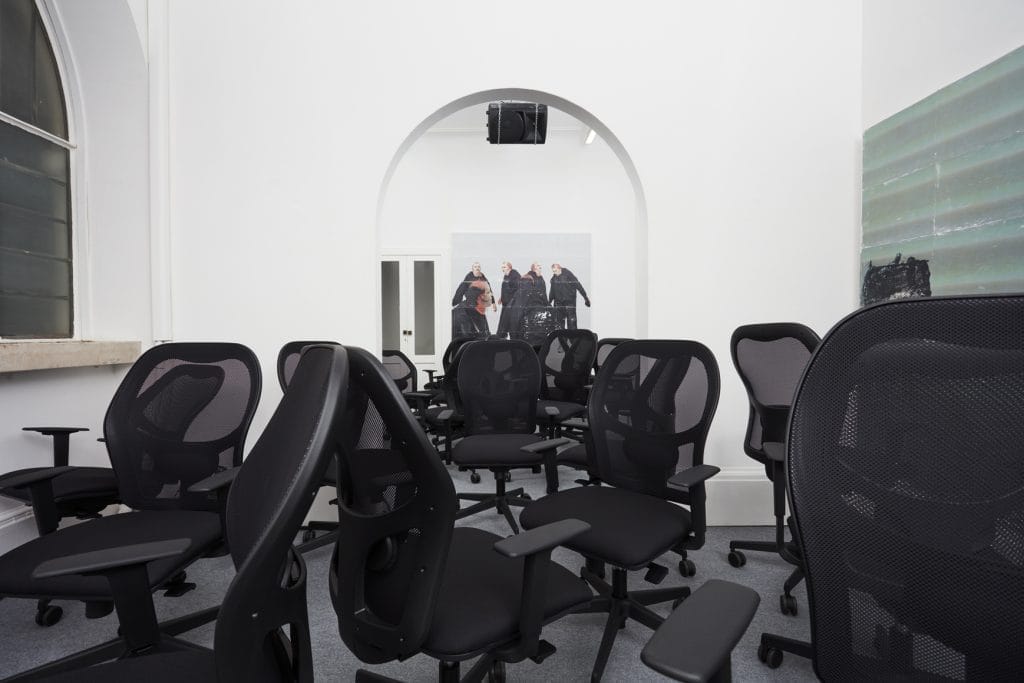
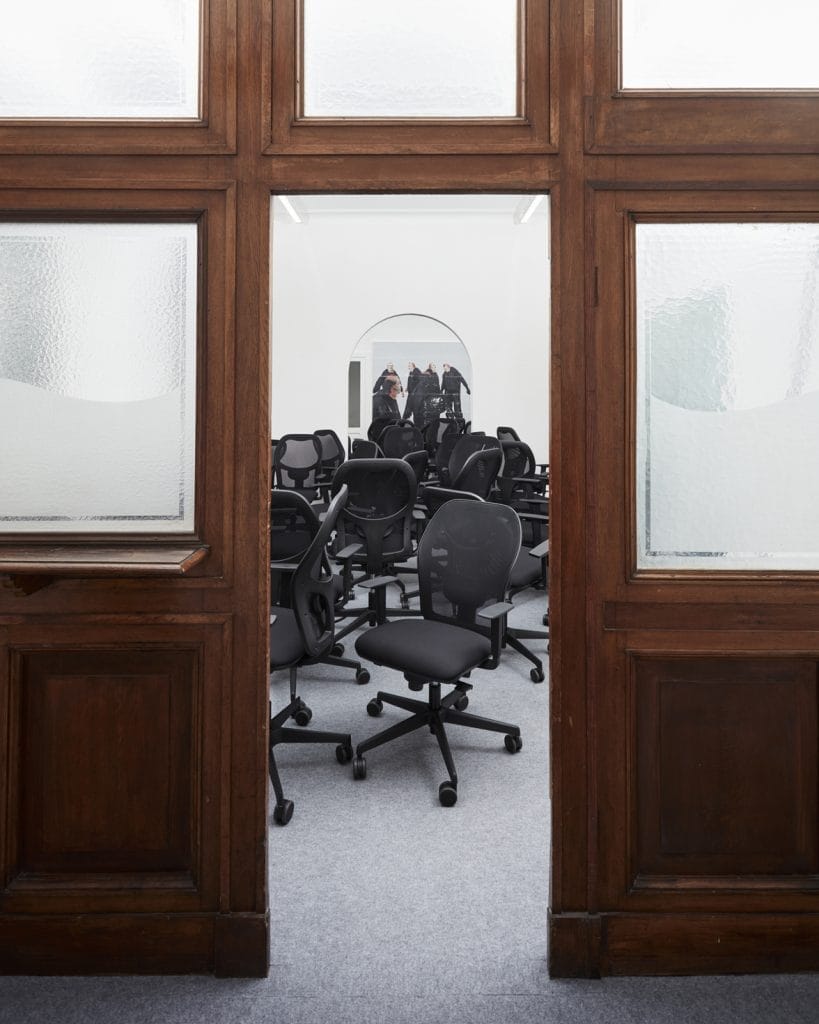
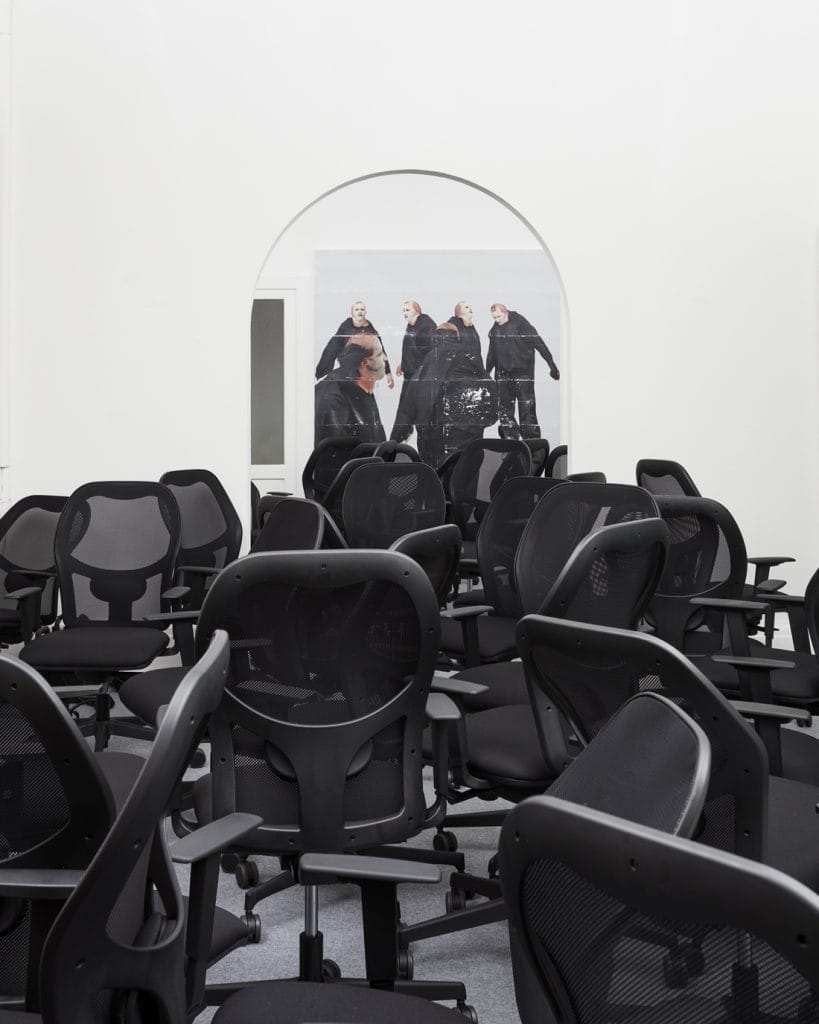
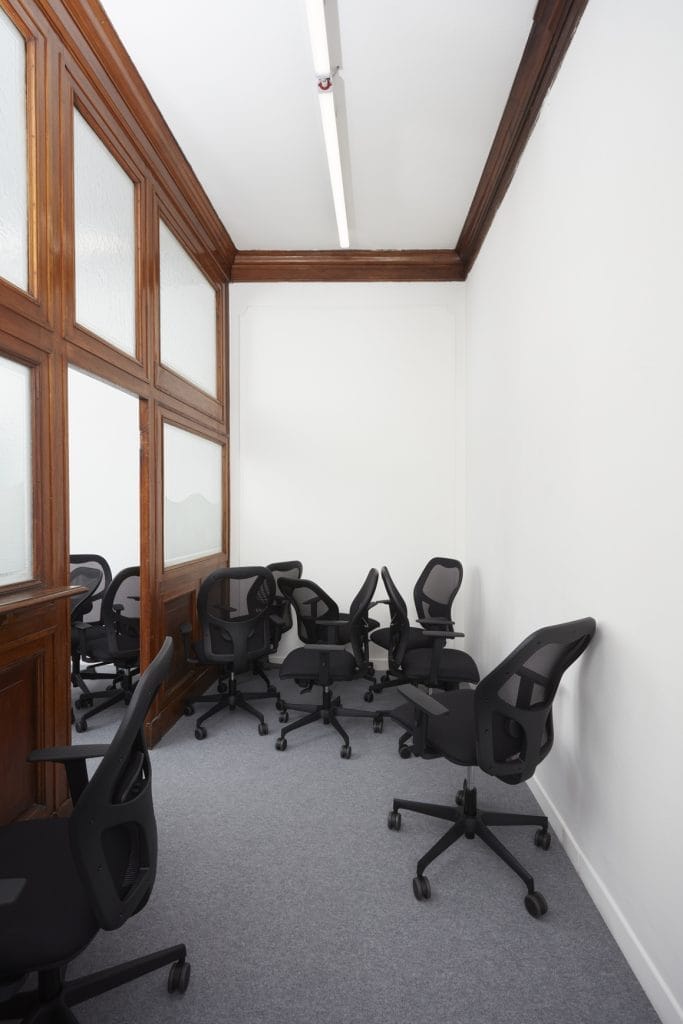

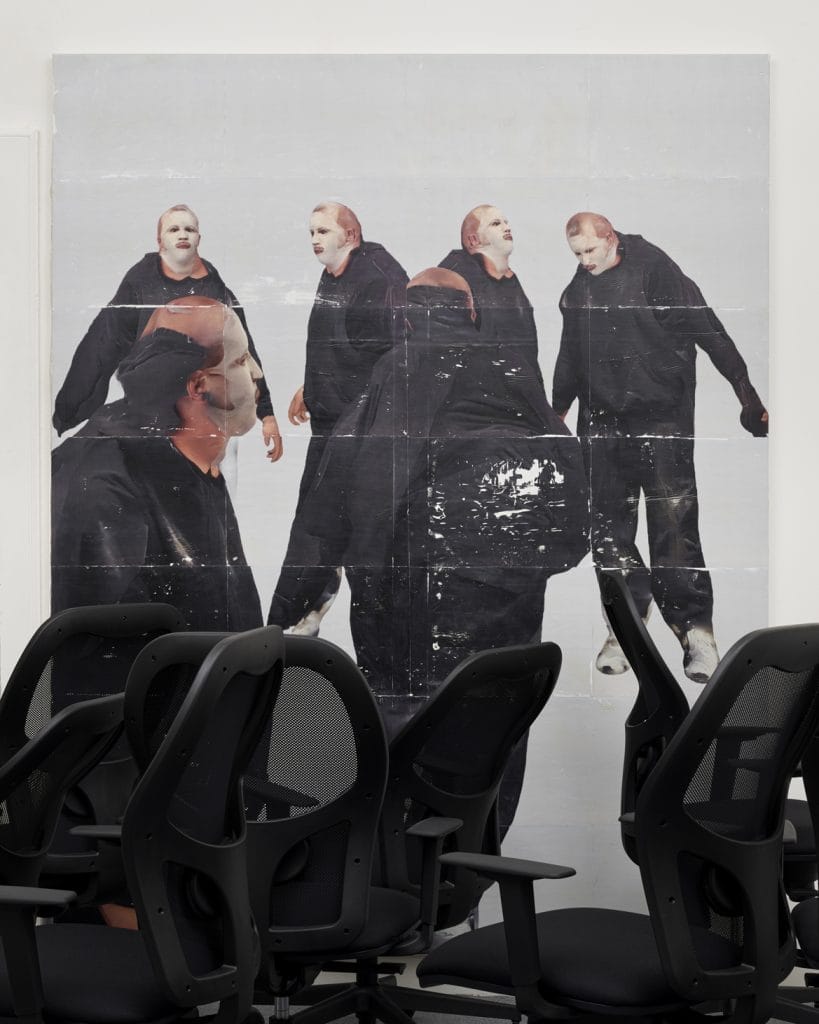
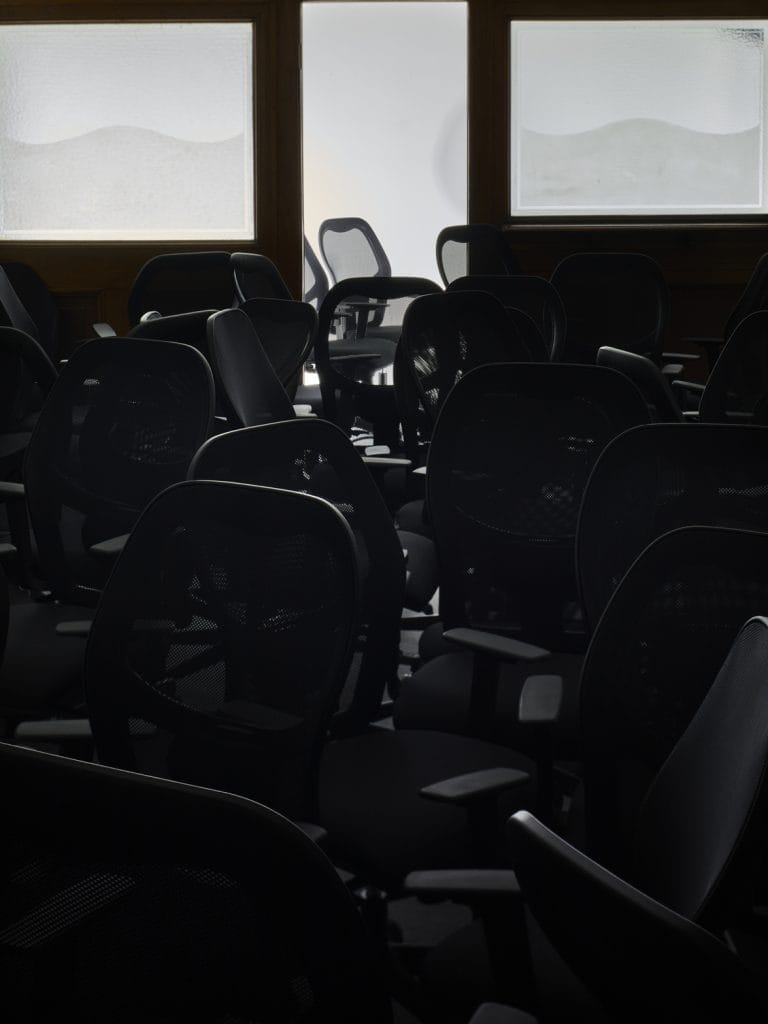
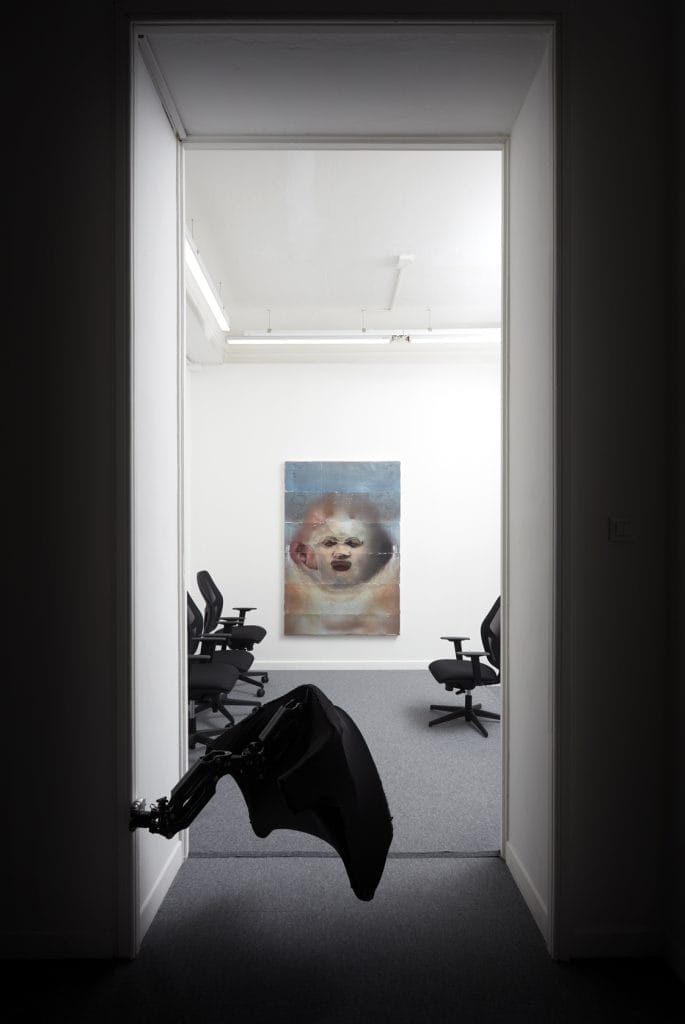
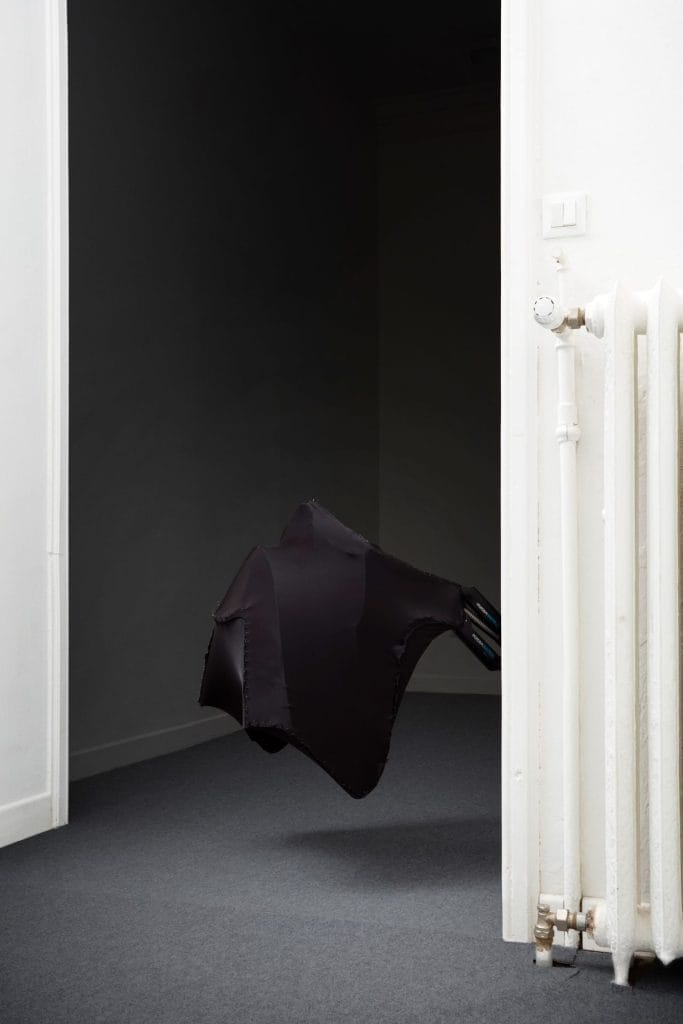
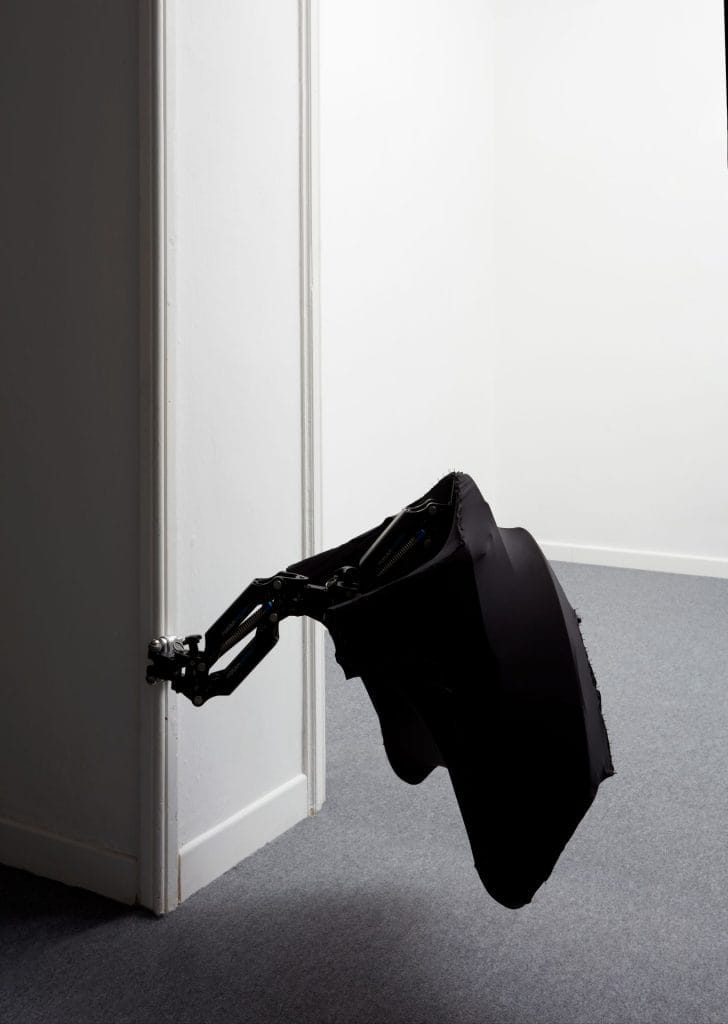
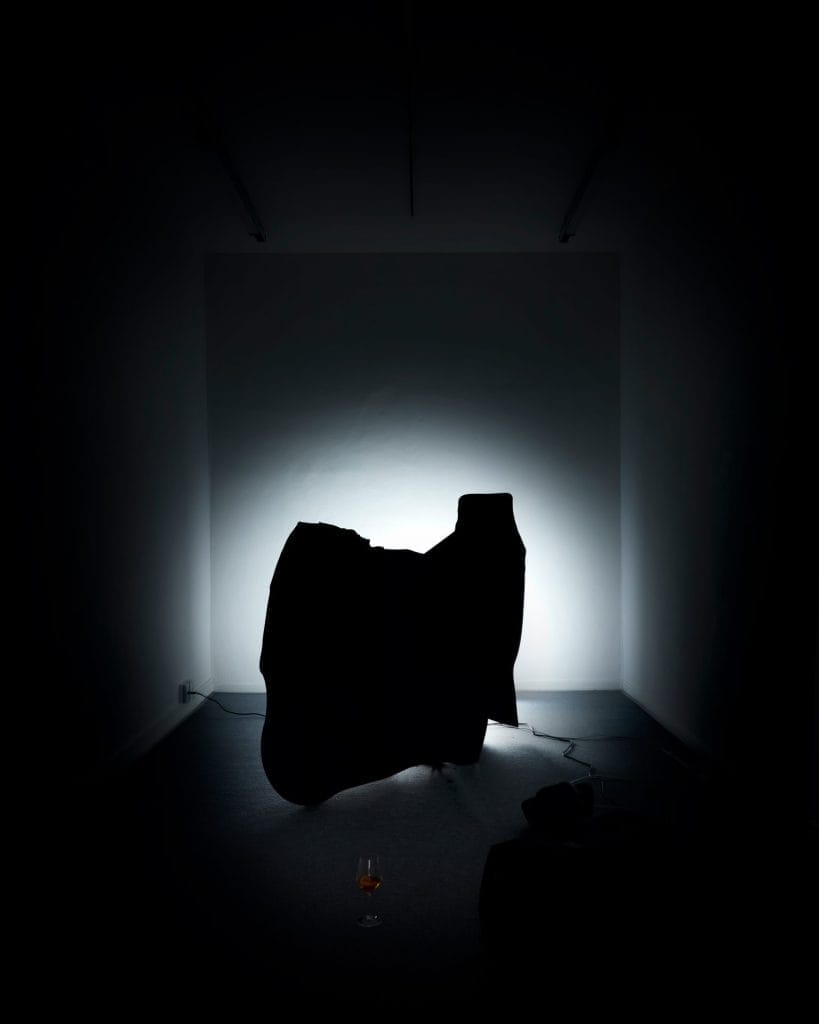
Matteo Giovanelli
Matteo Giovanelli (Brescia, 1999) is an art historian, emergent curator, and writer with a versatile approach to contemporary art. Holding a BA in Cultural Heritage and an MA in Art History from the University of Verona, he has developed a versatile profile through his work at APALAZZOGALLERY, where he supported artists and contributed to the organization of exhibitions, international art fairs and curatorial projects, managing projects across all aspects of their realization. As a writer, Matteo collaborates with esteemed publications such as ARTFORUM and Flash Art, offering insightful critiques and analyses of contemporary artistic practices. he combines a keen eye for innovation with critical insight, offering thoughtful perspectives on the evolving art landscape.
You may also like
Dangiuz’s Digital Dystopia: The Genesis of Antimatterworld
Leopoldo D’Angelo, better known as Dangiuz, stands as a figure synonymous with disruptive inno
The Intrinsic Value of Collecting Digital Art: Beyond the Monetary Gain
In the ever-evolving landscape of art, a digital revolution is underway, challenging traditional not
Fakewhale Gallery presents ART MARKET DAY on Objkt.com
On Wednesday, October 9th at 4 PM CEST / 10 AM ET, we are excited to announce the first ART MARKET D

